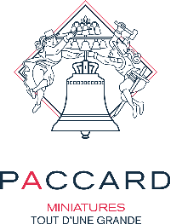
A story of passion
tradition & excellence
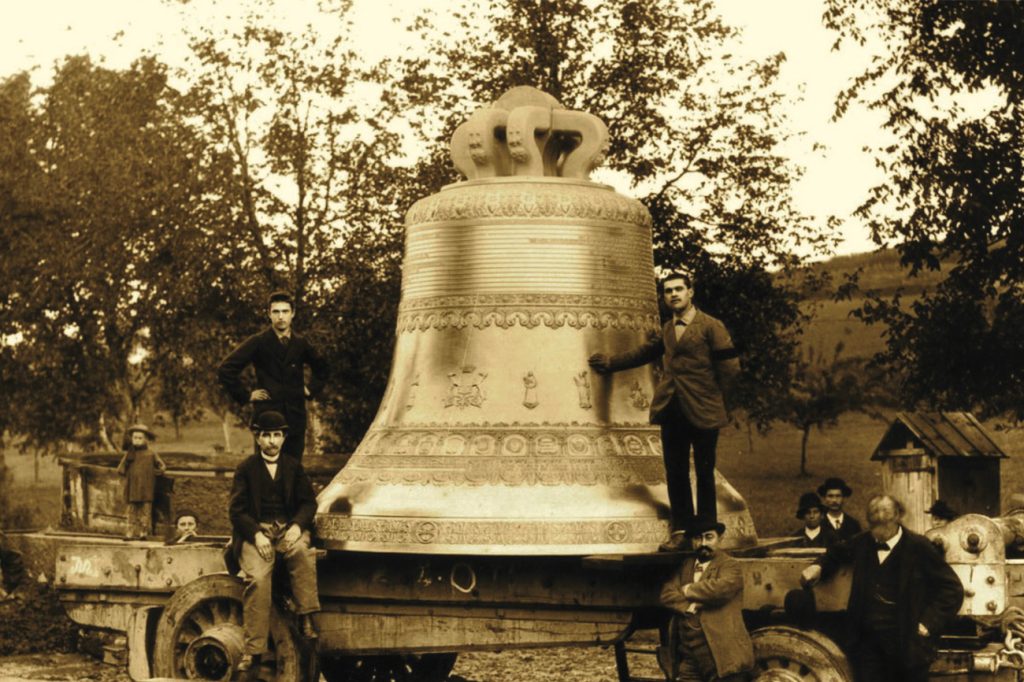
PACCARD Foundry is today the world reference for church bells and carillons. Between tradition and modernity, 7 generations of founders have succeeded each other at the head of the company. In total, more than 120,000 bells give rhythm to the everyday life of towns and villages all over the world and amazing bells have marked foundry’s story.
PACCARD Foundry is well the specialist of all the bell-maker equipments : yokes, clappers, belfries, flight or ringing engine, monumental clocks… Here is its story…
In 1796, significant changes were underway in the small village of Quintal, inhabited by the resilient Savoyards. Following the French Revolution, the village lost both its priest and bells. Revolutionaries had melted down the church bells into cannons and coins, resulting in the church’s closure.
The new mayor, a 24-year-old named Antoine Paccard, elected in 1795, had a singular goal: to reopen the church and revive the village. Determined, he visited the bishop to express the concerns of the Quintalis.
The bishop replied, “You will have a priest when there is a bell in the church tower!” This challenge only motivated the mayor further. Consequently, he decided to commission the making of a new bell. Paccard called upon a reputable master bellmaker, Jean-Baptiste Pitton, and served as his apprentice. This decision steered the Paccard family’s destiny.
Today, in the church tower of Quintal, the first bell crafted by Antoine Paccard in 1796 still tolls as a symbol of hope and resilience to the troubled times from which it emerged. It bears the inscription: If I survive the Terror, it is to sing Happiness.
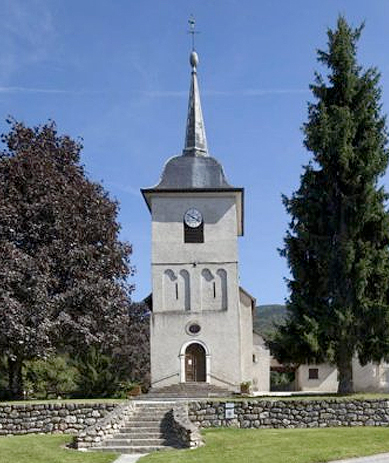

Working alongside Jean-Baptiste Pitton, Antoine Paccard learned the trade of bell founding and quickly fell in love with it — beginning a dynasty of bellmakers whose reputation would span the globe for eight generations.
Antoine faced significant challenges from 1796 to 1801. During this tumultuous period, Antoine risked his life by hiding a missionary in his barn; the missionary had come to replace the previous priest, who had been arrested by revolutionaries. He had to wait for the signing of the Concordat in 1801 before he could finally hoist his bell in Quintal’s church tower. A pioneer in the industry, Antoine established a permanent foundry, and continued to improve the bells’ quality.
After his death, his sons, Jean-Pierre and Claude Paccard, continued the family legacy at the foundry. To capitalize on the bell founding industry’s rapid growth, they moved the factory from Quintal to Annecy-le-Vieux between 1854 and 1857. This new location brought them closer to the Annecy railway, greatly facilitating the transport of bells and contributing to the company’s success.
Jean-Pierre passed away unexpectedly, leaving his widow, Françoise Paccard, to raise their three children alone. Françoise managed the foundry herself — a traditionally male role. When her eldest son, Georges, reached adulthood, she turned over the company’s reins and never looked back.
Under Georges guidance, along with his brothers Francisque and Victor Paccard, the company thrived, gaining worldwide recognition by the end of the 19th century. Georges oversaw technical supervision, directing the casting of more than 10,000 bells. His expertise helped perfect the PACCARD unique bell’s shape, precision of tonality, fullness of tone, and harmonious sound.
In 1891, the PACCARD Foundry cast the largest bell in France: the “Savoyarde” for the Sacred Heart Basilica in Montmartre.
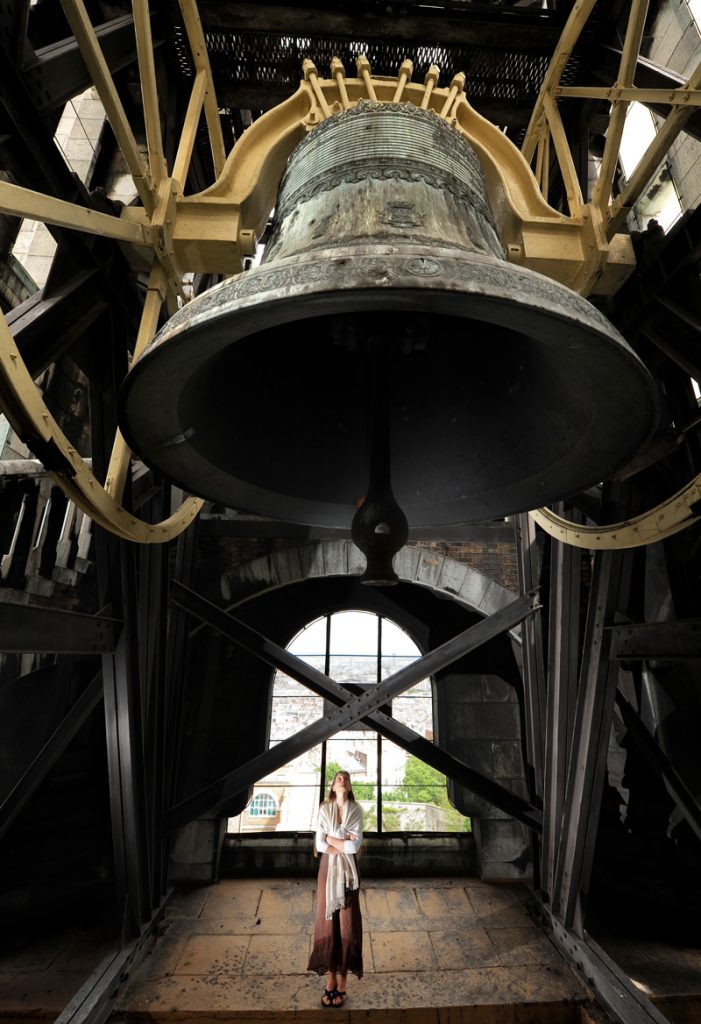
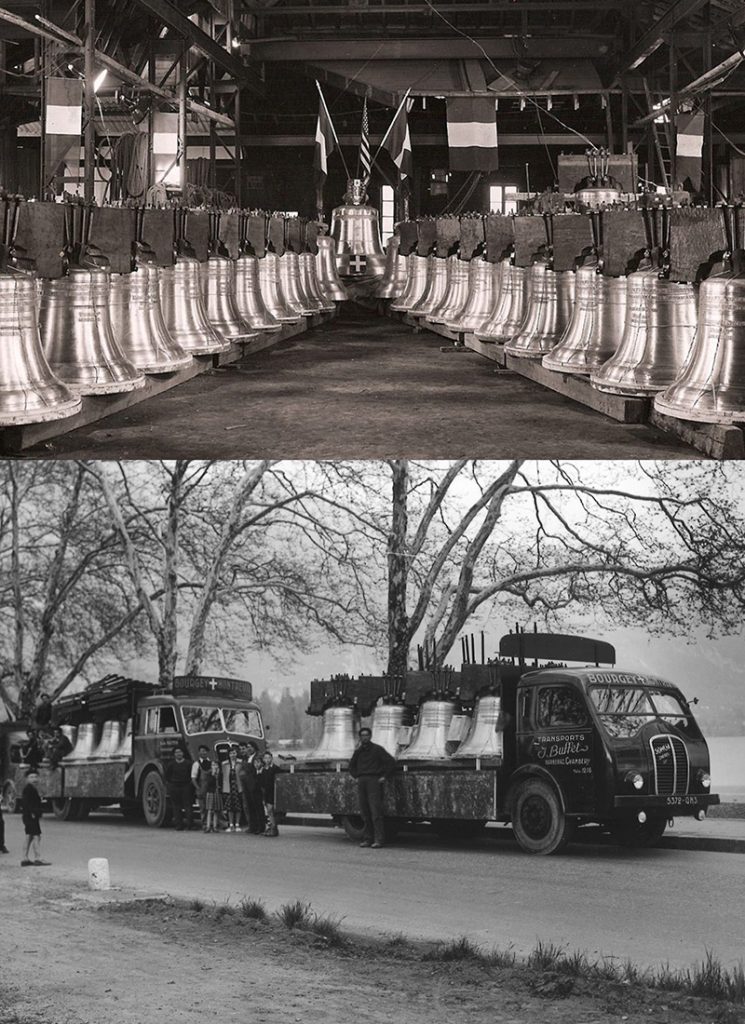
George was a prominent advocate for carillons, a concept originated in Belgium. He mentored his sons, Joseph and Louis, passing on his extensive knowledge. By the end of the First World War, the foundry was producing 700 to 800 bells annually for churches worldwide, including the famous Jeanne d’Arc.
Specialized molding processes were developed by Alfred Paccard, Louis’ son, along with cousins, Jacques and Henri. These techniques, combined with a mastery of tone and tuning, played a crucial role in the PACCARD Foundry becoming the world leader in carillon bells.
Growth continued throughout the 1900s, with PACCARD gaining recognition for its skill and artistry, particularly in the U.S. In 1950, the United States government ordered 54 replicas of the famous Liberty Bell. Since then, numerous bells and carillons have been produced and sent to the United States.
In 1978, following the death of Alfred, his son Pierre took charge of the company. An engineer like his father, Pierre shared a love of bells, which he passed down to his sons, Philippe, who joined the company in 1989, and Cyril, who joined the foundry in 1995. In 1998, PACCARD was awarded the project to build the largest flying bell in the world, The World Peace Bell for the Millennium Monument in Newport, Kentucky, U.S.
Philippe, his wife Anne, and Cyril continued to move the company forward, producing bells for locations around the world, while innovating with new technology. After more than two decades in development, they perfected the groundbreaking concept Ars Sonora, with Philippe’s son Thomas playing a key role in engineering.
In Ars Sonora, the bells are designed to be visible and contribute fully to the overall aesthetics of the musical sculpture. A musician can play the Ars Sonora bells using a piano keyboard, which allows for synchronization with live performers and offers greater flexibility in how the Ars Sonora can be experienced.
In 2022, the Paccards completed the Susan and John Sykes Ars Sonora, the largest and most technologically advanced installation in the world, at the University of Tampa in Tampa, Florida. This impressive 105-foot musical sculpture features 63 bells and serves as a central gathering point for campus events and concerts.
Since 1976, the Paccard family’s passion and commitment to produce the world’s finest cast bronze bells has remained undiminished. The foundry’s rich legacy of merging tradition with modernity, has seen eight generations of founders at its helm. Many remarkable bells have shaped the foundry’s history, and to date, more than 125,000 PACCARD bells contribute to the daily life of towns and communities worldwide.
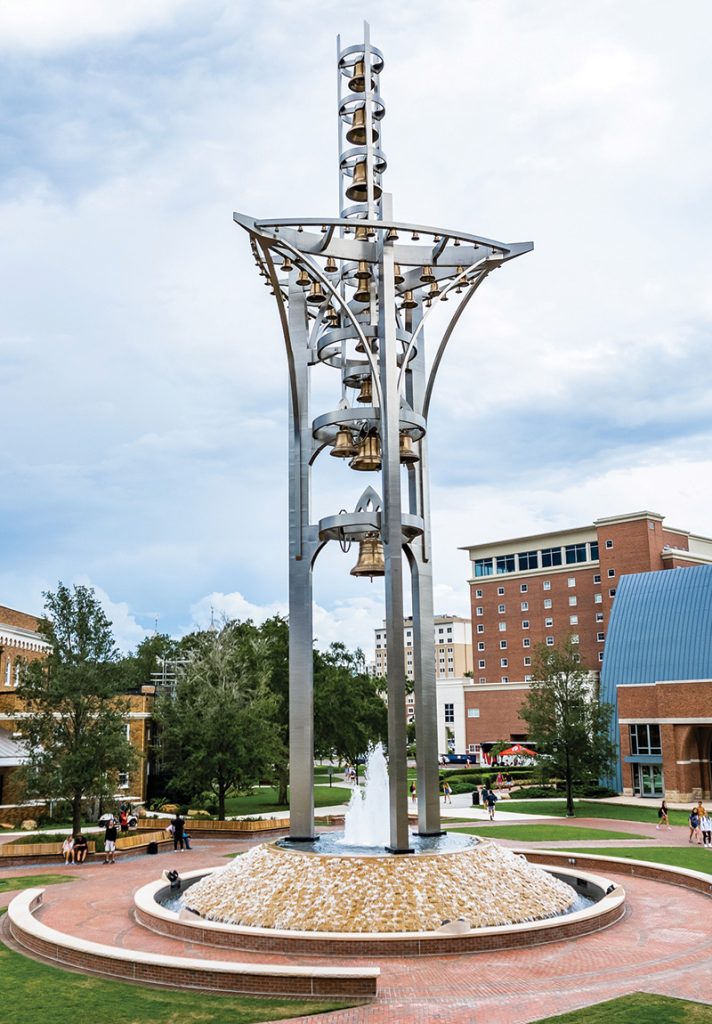
The bell that launched a dynasty
Antoine Paccard’s first bell, made in 1796, still rings today in the church tower of Quintal, France.
The Savoyarde
At 19 tons, the famous Savoyarde bell is the largest in France!
The Jeanne d’Arc
The 1914 Jeanne d’Arc — known as the Bourdon of the Victory — was the second-largest bell in France. Unfortunately destroyed during the Second World War, PACCARD recast the 10-ton bell in 1959.
Étienne
This 19-ton bourdon is one of three bells, which make up the largest swinging peal in the world.
The World Peace Bell
At 33 tons, The World Peace Bell is the largest swinging bell in the world. Created for the Millenium Monument in Newport, Kentucky, U.S., the bell rang in the new millenium at the stroke of midnight on December 31, 1999.
The Susan and John Sykes Ars Sonora
The magnificent 63-bell, 105-foot-tall Ars Sonora at The University of Tampa in Tampa, Florida, is the largest in the world and the first of its kind in the United States.




